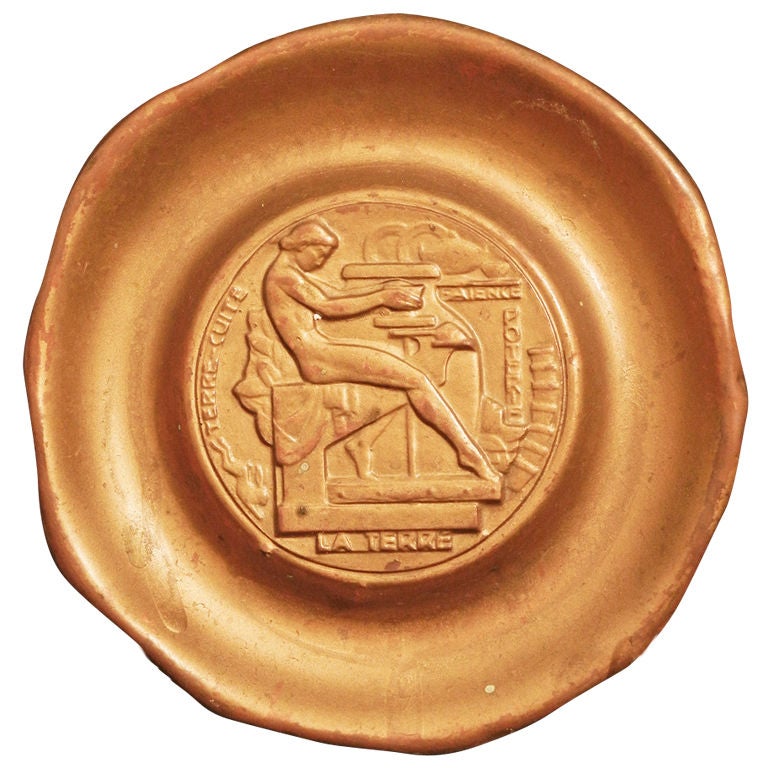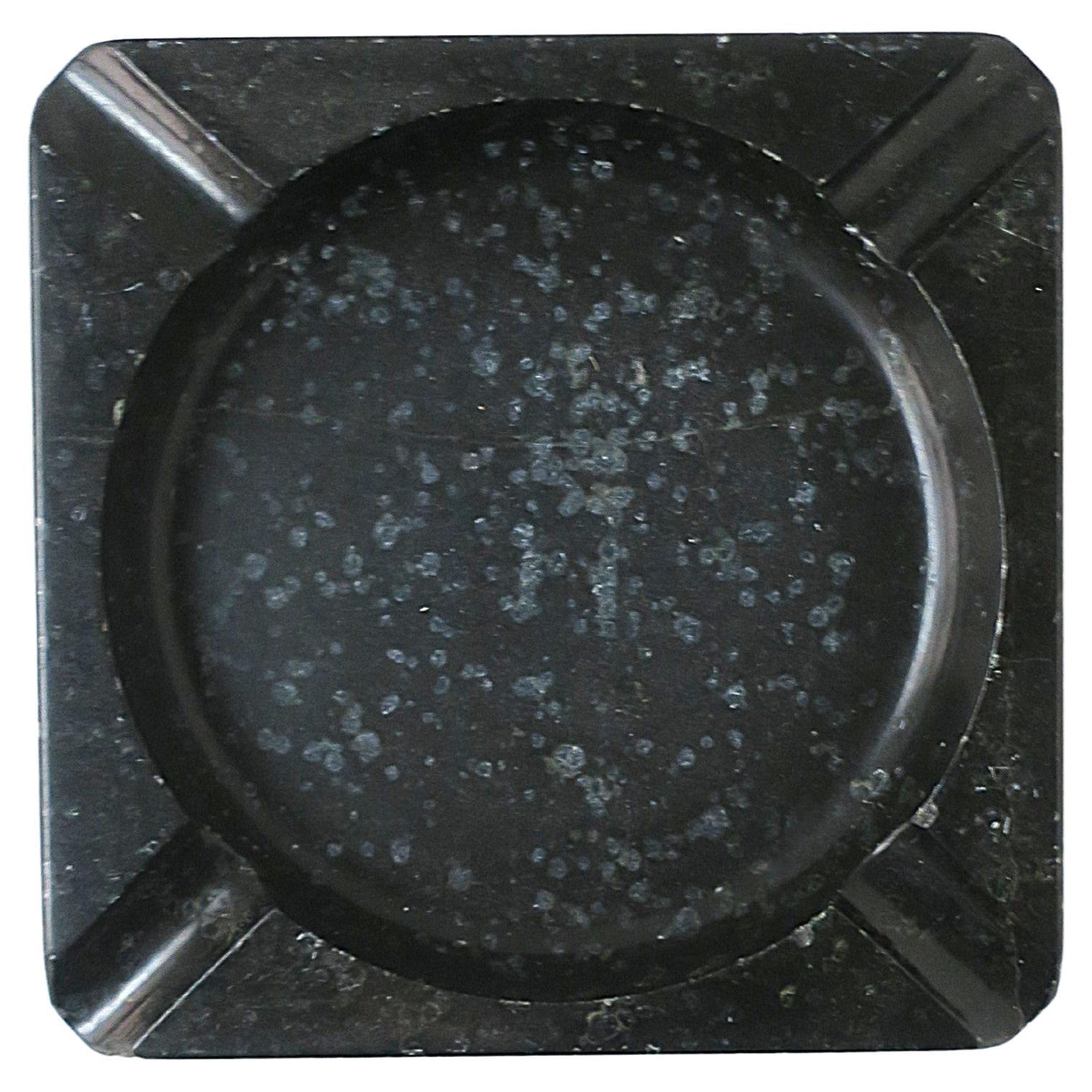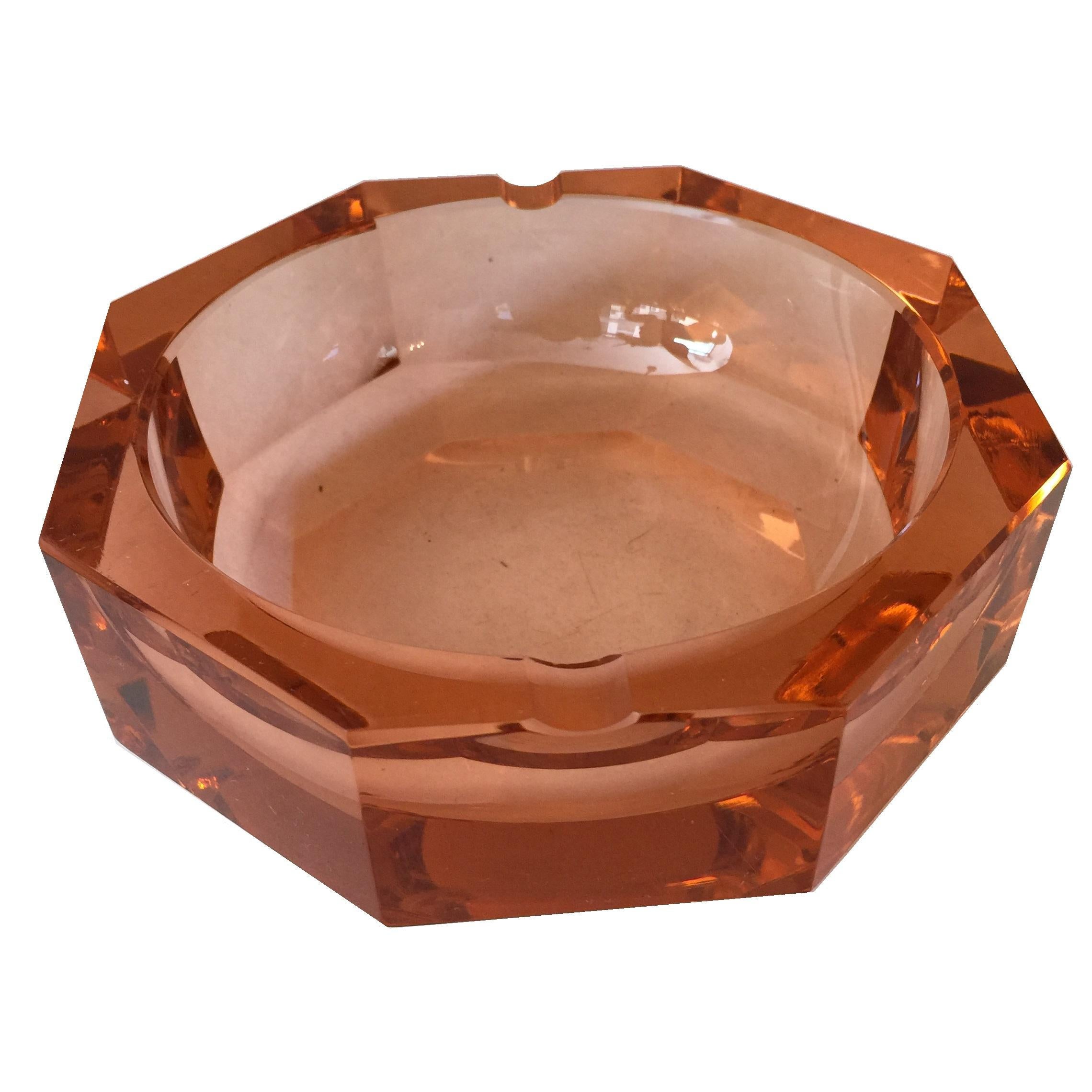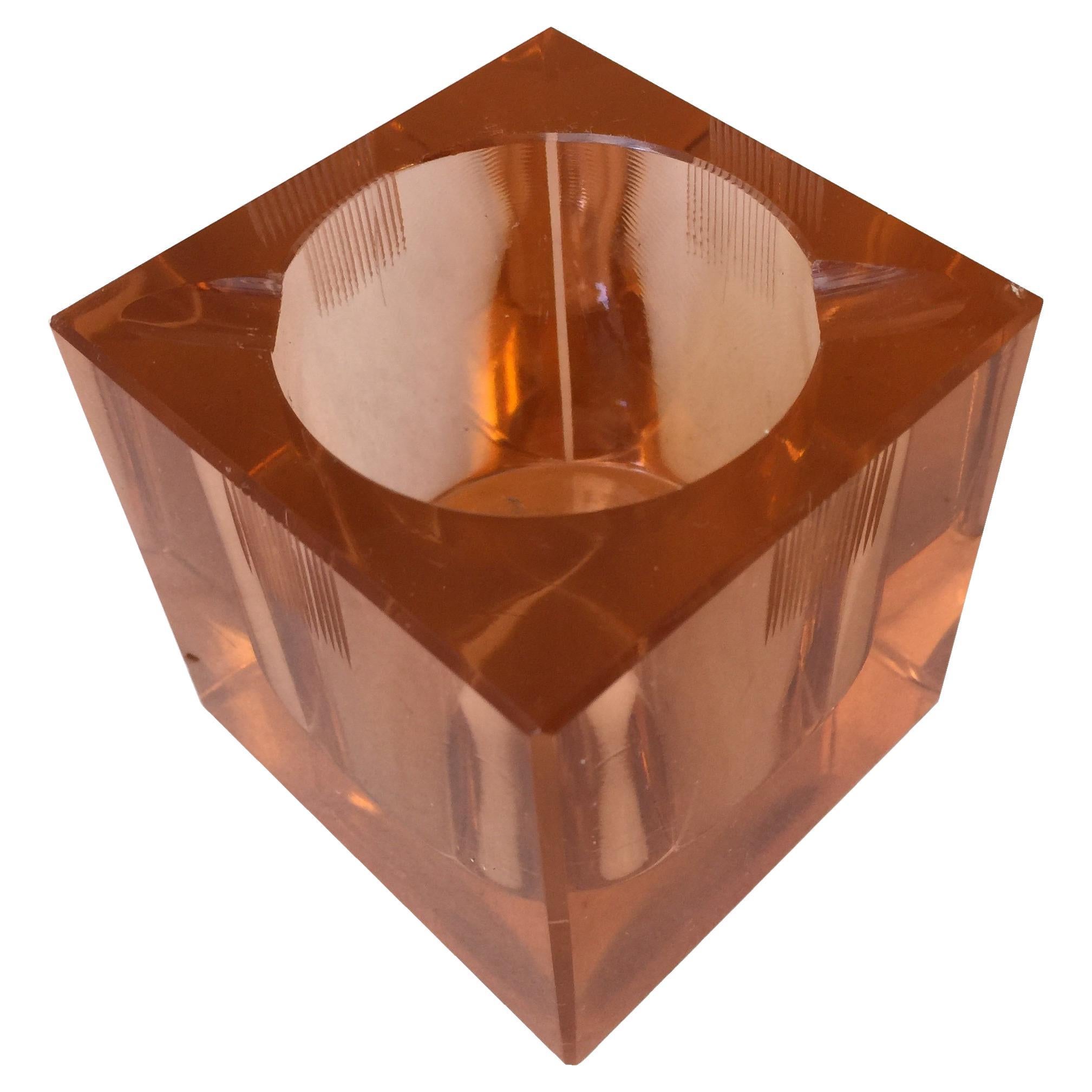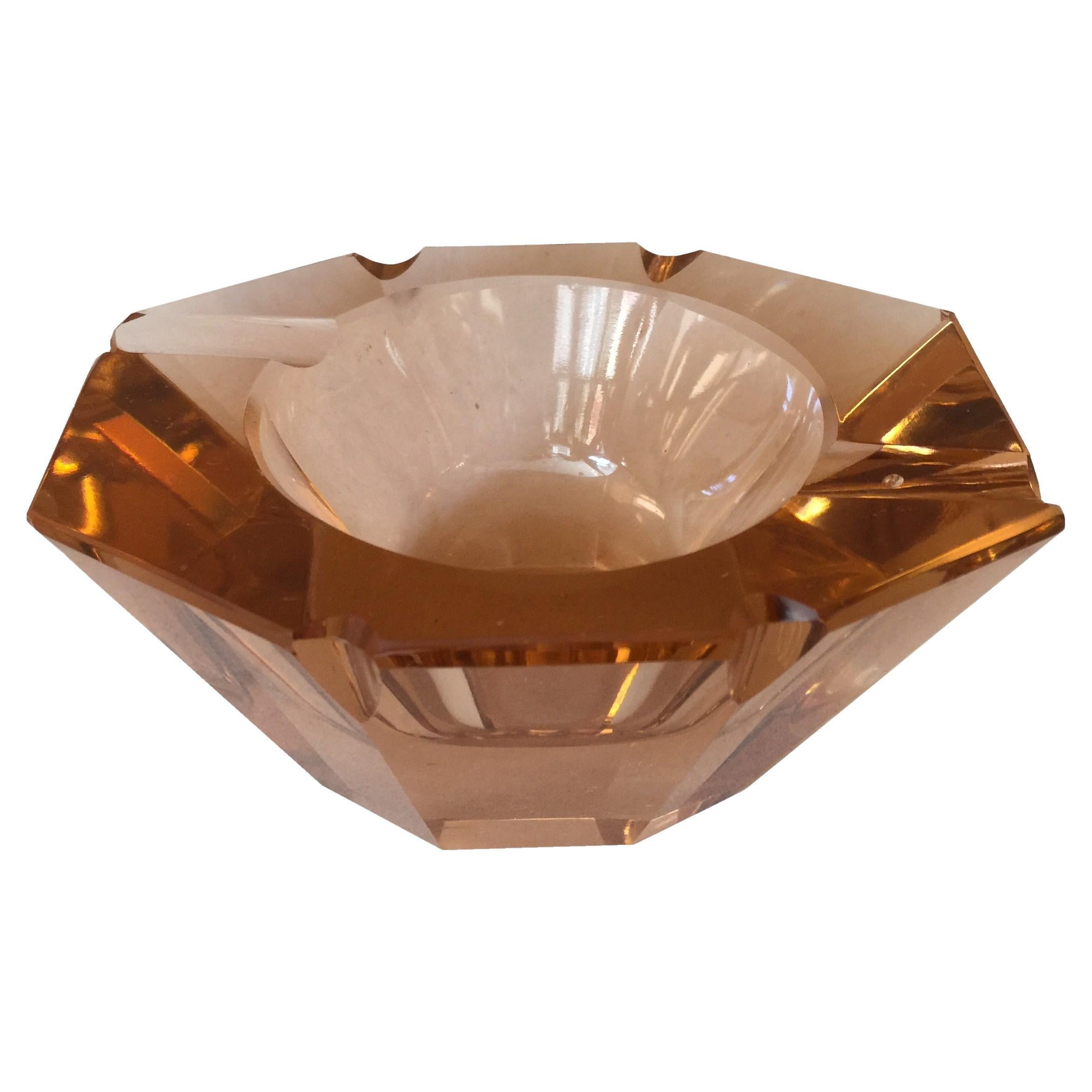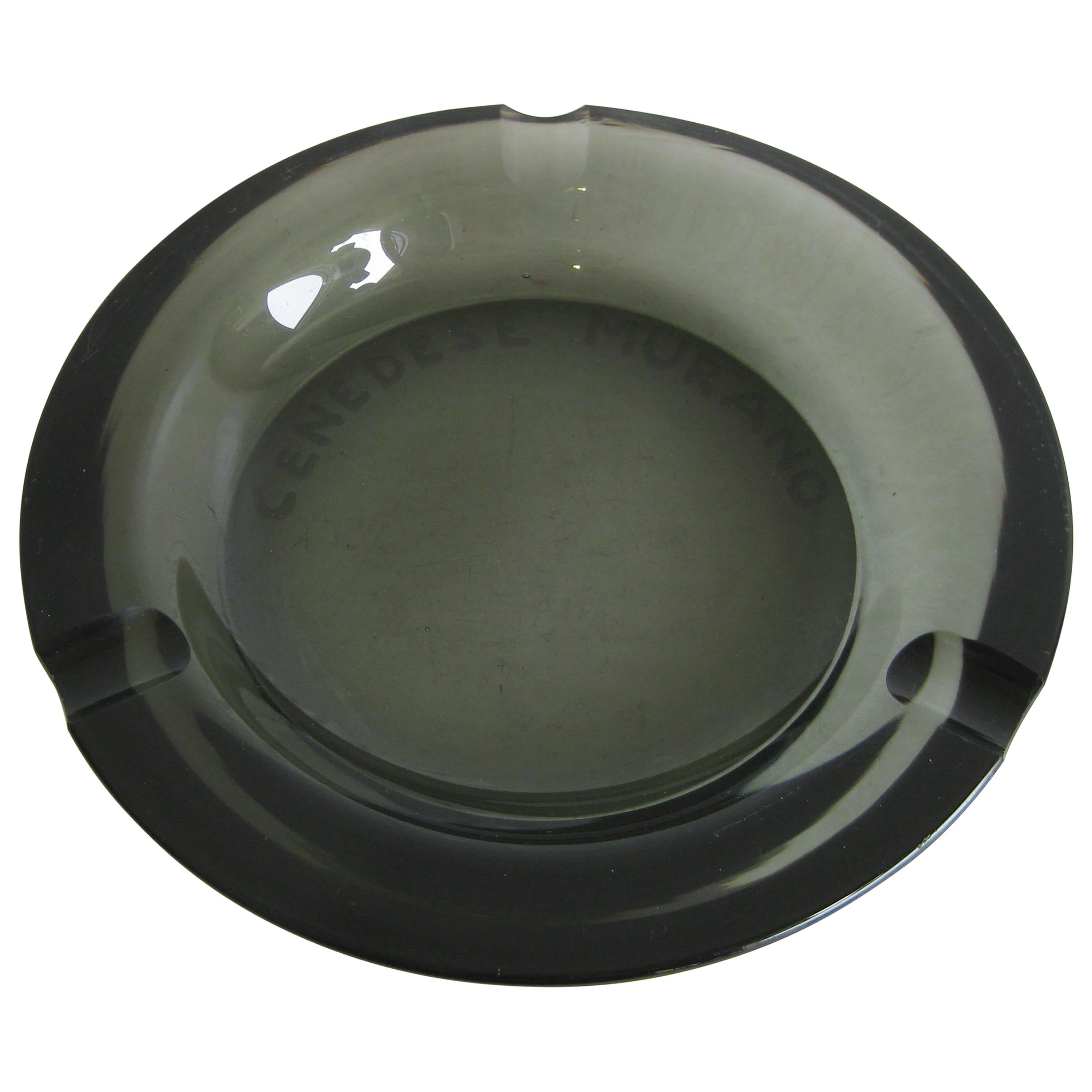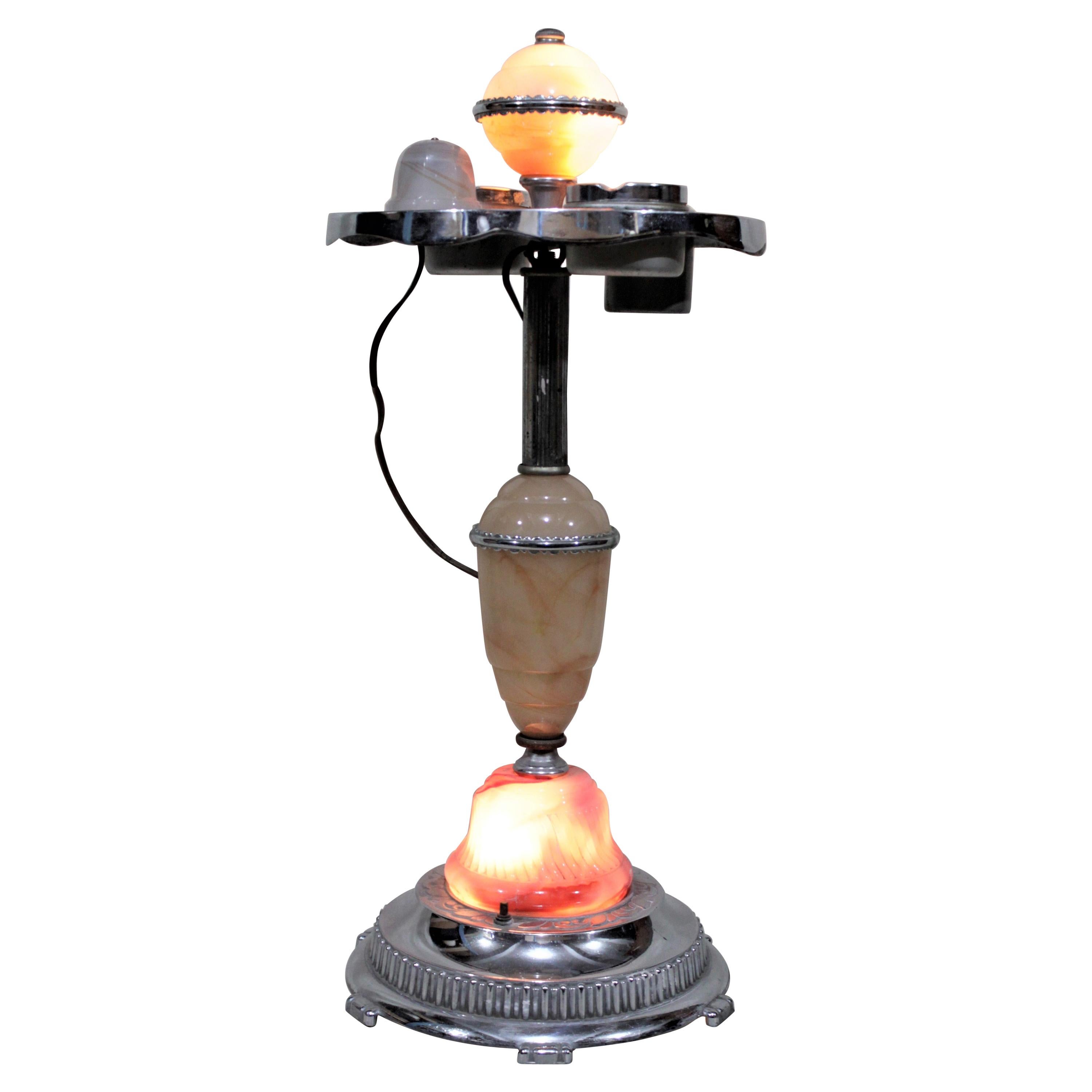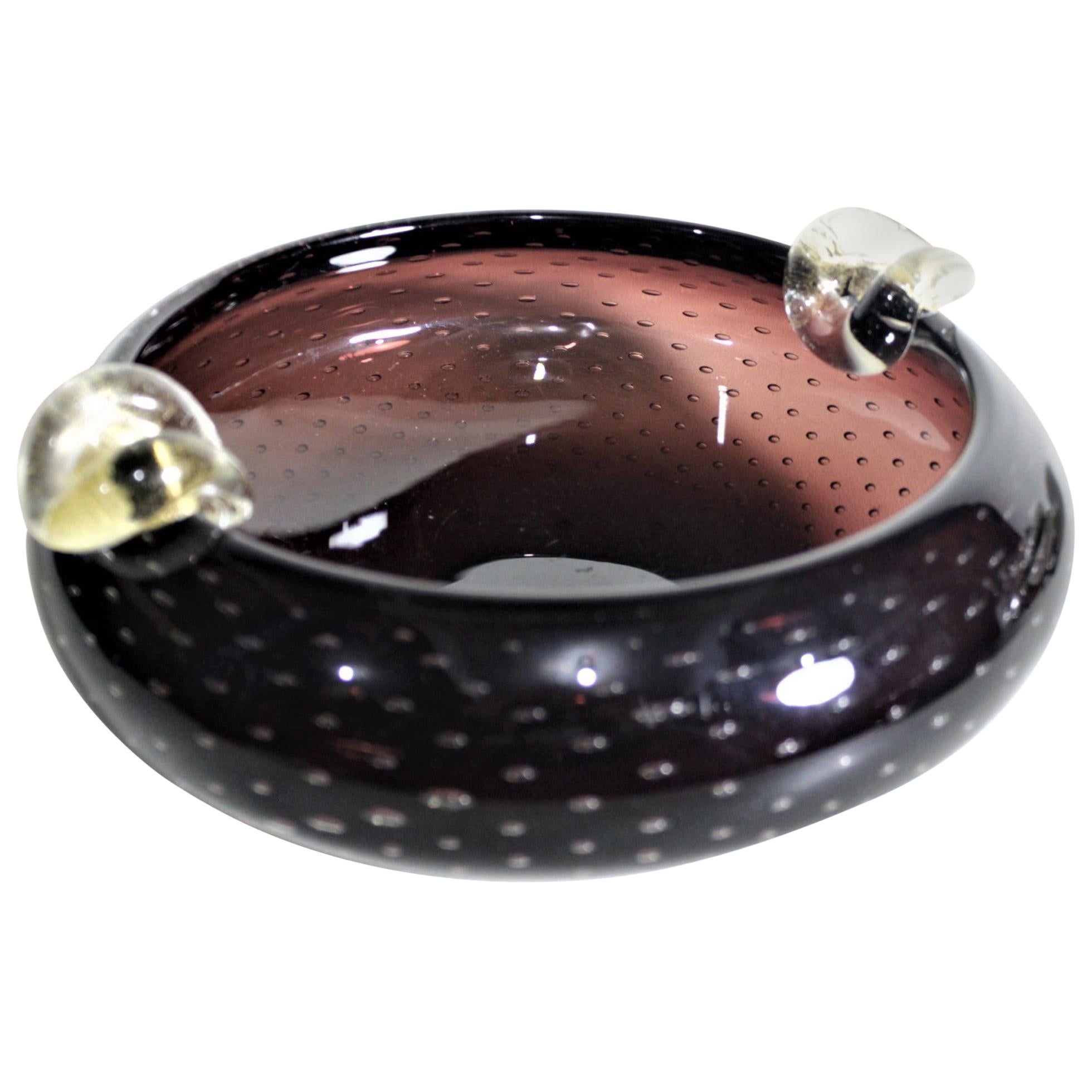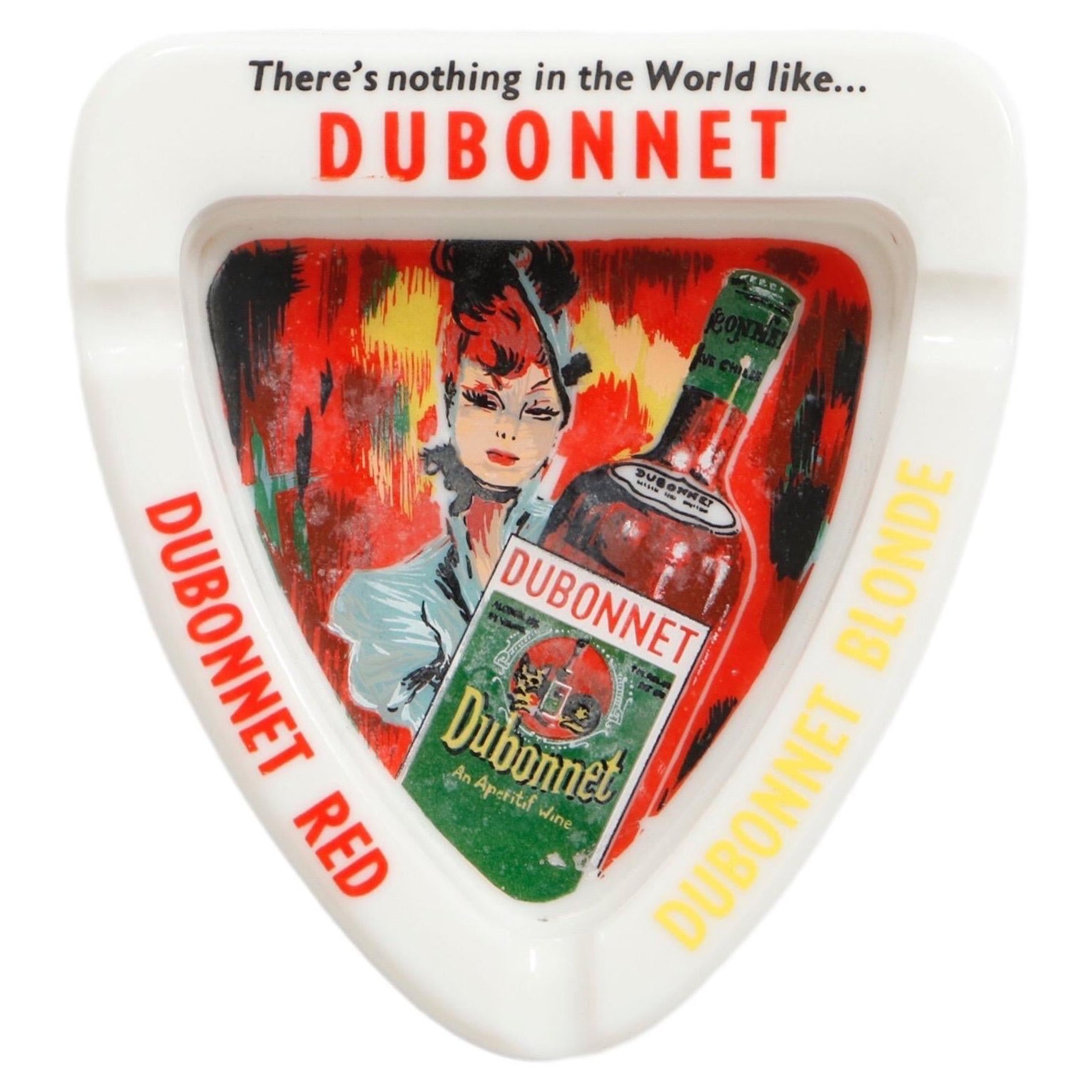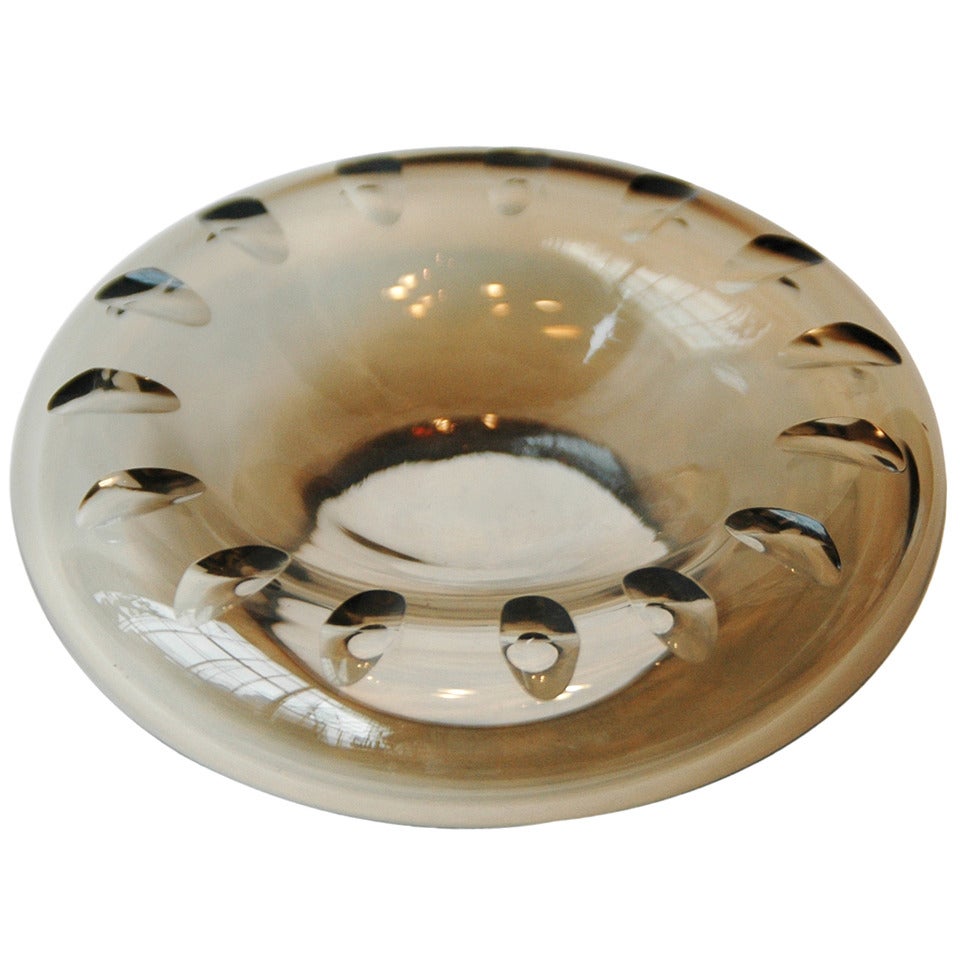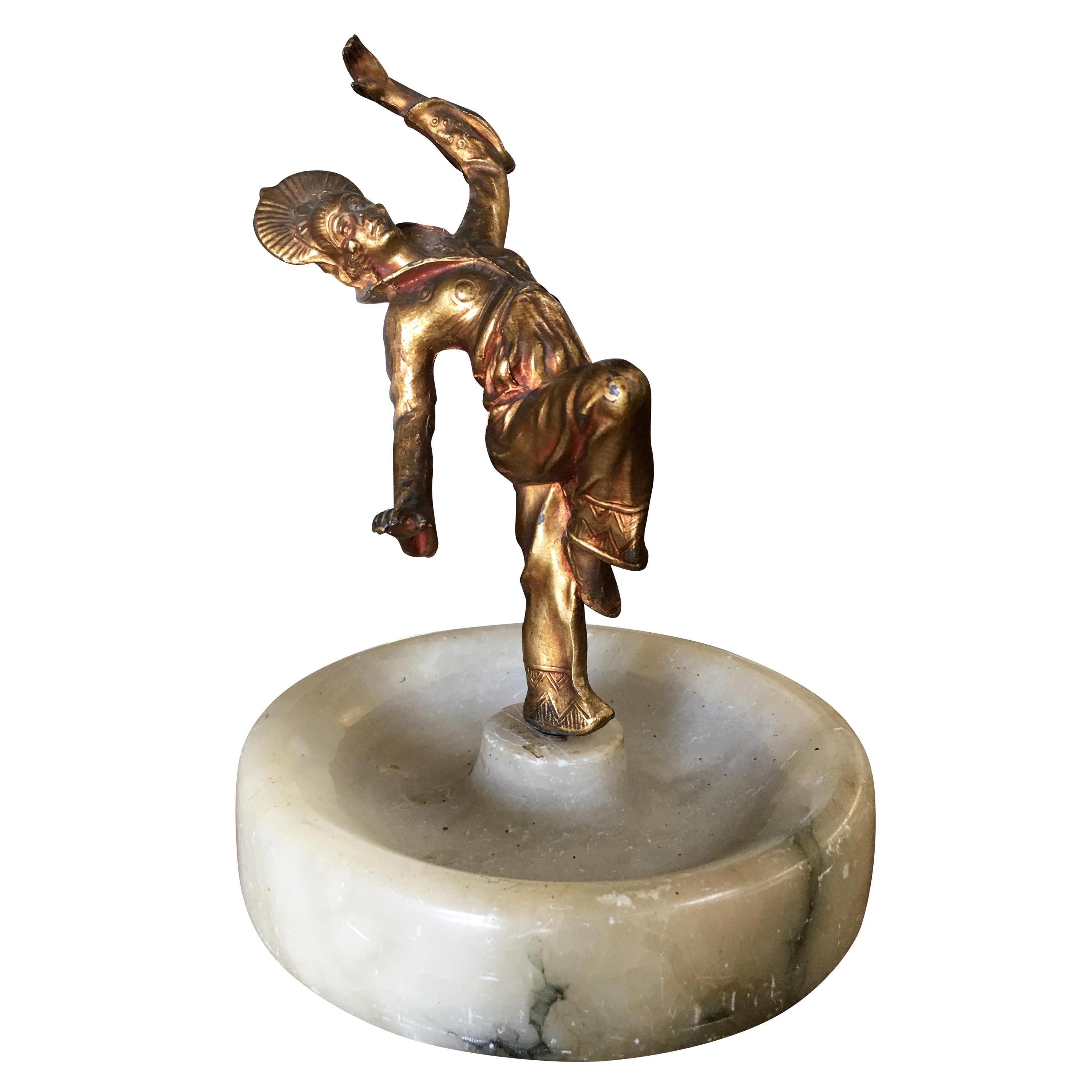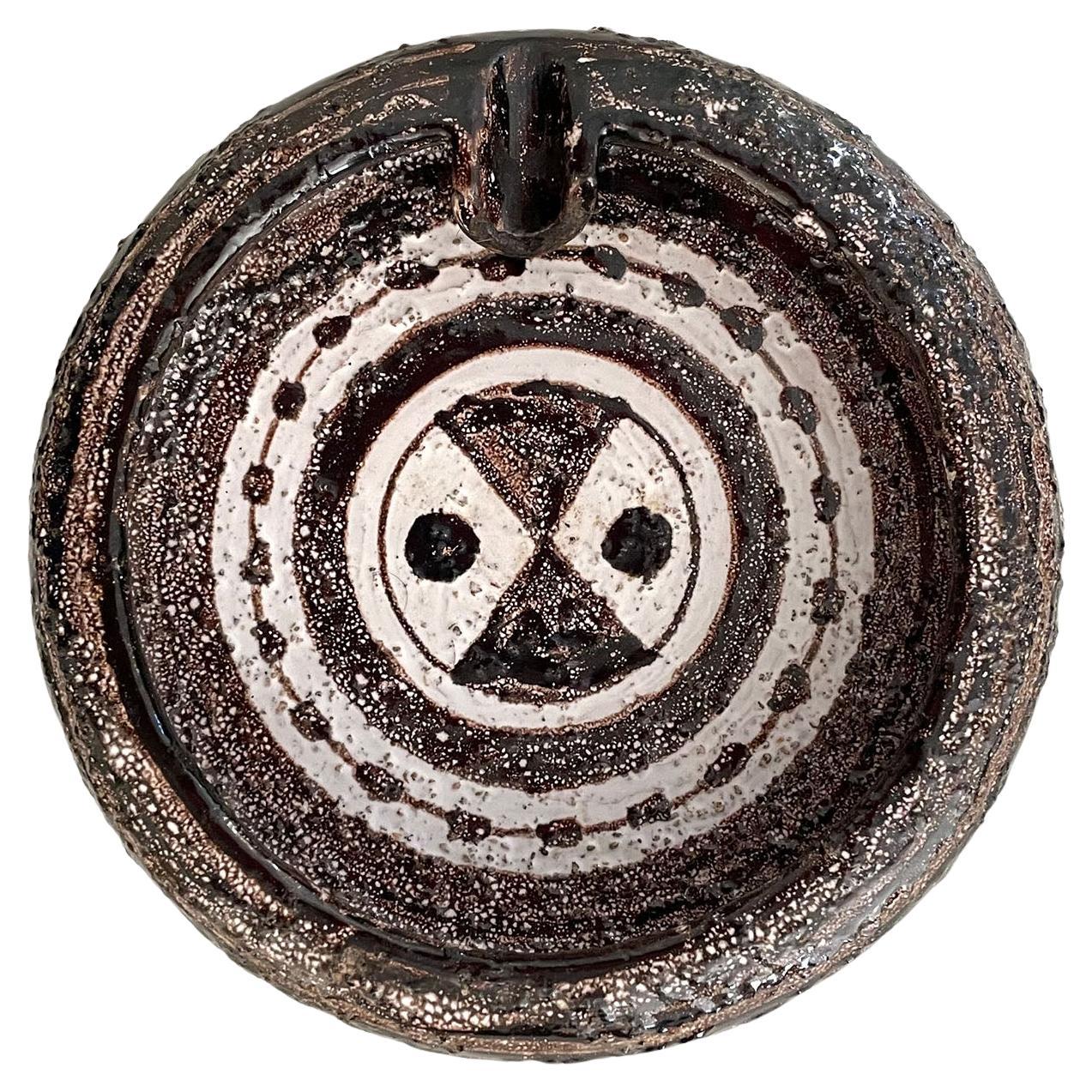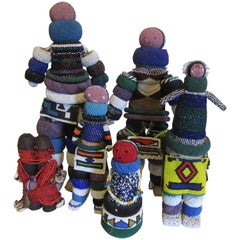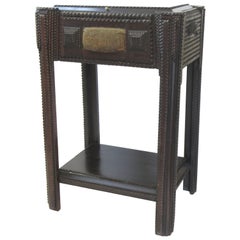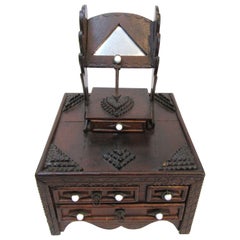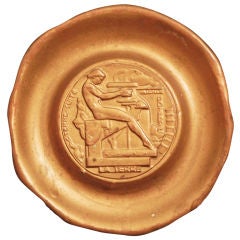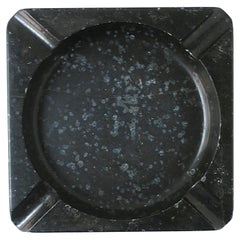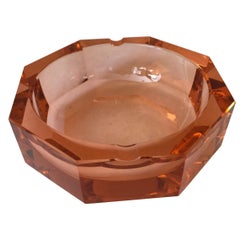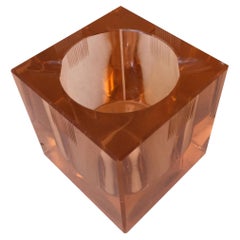
World War II Trench Art Ashtray
View Similar Items
Want more images or videos?
Request additional images or videos from the seller
1 of 5
World War II Trench Art Ashtray
$395List Price
About the Item
- Period:
- Date of Manufacture:1940's
- Condition:very good.
- Seller Location:Mt Kisco, NY
- Reference Number:1stDibs: U1105178971151
About the Seller
4.8
Vetted Professional Seller
Every seller passes strict standards for authenticity and reliability
1stDibs seller since 2010
253 sales on 1stDibs
Typical response time: 1 hour
Authenticity Guarantee
In the unlikely event there’s an issue with an item’s authenticity, contact us within 1 year for a full refund. DetailsMoney-Back Guarantee
If your item is not as described, is damaged in transit, or does not arrive, contact us within 7 days for a full refund. Details24-Hour Cancellation
You have a 24-hour grace period in which to reconsider your purchase, with no questions asked.Vetted Professional Sellers
Our world-class sellers must adhere to strict standards for service and quality, maintaining the integrity of our listings.Price-Match Guarantee
If you find that a seller listed the same item for a lower price elsewhere, we’ll match it.Trusted Global Delivery
Our best-in-class carrier network provides specialized shipping options worldwide, including custom delivery.More From This Seller
View AllCollection of Ndebele Fertility Dolls
Located in Mt Kisco, NY
A group of six collected Ndebele hand beaded fertility dolls of various sizes and designs. The dolls are made in secret by the maternal grandmother of ...
Category
20th Century African Tribal Toys and Dolls
Materials
Beads
$580 / set
El Negro - Robert Motherwell (1915-1991)
By Robert Motherwell
Located in Mt Kisco, NY
El Negro" by Robert Motherwell is a meticulously crafted artist's book showcasing nineteen lithographs, notable for their vibrant colors and the inclusion of Chine collé in three of ...
Category
Vintage 1980s North American Books
Materials
Paper
Tramp Art Sewing Stand/Side Table
Located in Mt Kisco, NY
A hand-carved sewing box stand.
Category
Vintage 1930s American Folk Art Side Tables
Materials
Wood
Special Tramp Art Box of Drawers
Located in Mt Kisco, NY
An especially sweet four-drawer hand-carved "tramp art" box. The top is decorated with a symbolic heart and arrow, a common design element in Tramp Art. The drawers are embellished with porcelain knobs. Carved ladies boots...
Category
Antique Late 19th Century American Folk Art Outsider and Self Taught Art
Materials
Wood
Large Tramp Art Hinge Lid Box
Located in Mt Kisco, NY
A handcrafted Tramp Art box or small chest. A detailed design on four tapered feet. The interior is lined with white quilted fabric and the lid is fitted with a large finial. The bot...
Category
Antique Late 19th Century Folk Art Decorative Boxes
Materials
Wood
American Folk Art - Hand Crafted Wooden Owl Statuette 15'' tall
Located in Mt Kisco, NY
Elevate your decor with the 15-inch tall Painted and Decorated Wooden Owl Statuette. Handcrafted from wood, it combines intricate detailing with vibrant colors, adding a touch of nat...
Category
Mid-20th Century Sculptures and Carvings
Materials
Wood
You May Also Like
"La Terre, " Copper Art Deco Ashtray, France
Located in Philadelphia, PA
Rare and unusual, this copper ashtray celebrating the pottery industry in France is reminiscent of bronze and copper pieces designed by Paul Manship and other major sculptors in the 1920s and 1930s. This example, made of copper painted gold, depicts a nude potter at his wheel, surrounded by symbols of his industry, including kilns, planting pots and...
Category
Vintage 1930s French Ashtrays
Art Deco Black Marble Ashtray Catchall Vide-Poche
Located in New York, NY
A substantial English black marble ashtray or catchall vide-poche, circa early to mid-20th century, England. Piece is predominantly jet black with traces of light gray, as shown. Great for its indented use, for tobacco products, cigarettes, cigars, etc., or as a catchall vide-poche for coin change, jewelry...
Category
Mid-20th Century English Art Deco Ashtrays
Materials
Stone, Marble
Ashtray Crystal, 1950
Located in Ciudad Autónoma Buenos Aires, C
Crystal
We have specialized in the sale of Art Deco and Art Nouveau and Vintage styles since 1982.
Why are there so many antiques in Argentina?
In the 1880 – 1940 there was a grate wave of immigration encouraged by the periods of war that were taking place.
1st World War took place between 1914 and 1918
2nd World War took place between 1939 and 1945
The immigrants options were New York or Buenos Aires. Tickets were cheap and in Buenos Aires they were welcomed with open arms, as it was a country where everything was still to be done.
Argentina was the country of new opportunities, labour was needed and religious freedom was assured, in many cases the of the family travel first until they were settled and then the rest of the family members join them.
In the immigrant museum “Ellis Island Immigrant Building” in New York you can se the promotional posters of the boats that would take them to a new life.
Between the years 1895 and 1896, Argentina had the highest DGP (gross domestic product) per capita in the world according to the Maddison Historical Statistics index, this situation arose due to the large amount of food being exported to European countries, which were at war.
The Argentinean ships left the port of Buenos Aires with food, but they returned with furniture, clothes and construction elements, (it´s common to see this the old buildings of the historic neighbourhood of San Telmo, the beams with the inscription “Made in England)”, as well as many markets that were built in Buenos Aires, such us the San Telmo Market, whose structure was brought by ship and afterwards assembled in 900 Defensa Street.
With the great influence of European immigrants living in the country, the children of the upper classes travelled to study in France, resulting in the inauguration of “La Maison Argentinienne”, on 27th of June 1928, in the international city of Paris, which hosted many Argentinians that were studying in Frace.
It´s the fourth house to be built after France, Canada and Belgium, being the first Spanish-speaking one. Still in place today (17 Bd Jourdan, 75014, Paris, France). Many of the children of these wealthy families who attended international art exhibitions, museums and art courses abroad, took a keen interest in the European style. This is why Buenos Aires was at the time referred as “The Paris of South America”.
Between the years 1890 and 1920 more than a hundred Palaces were built on Alvear Avenue the most exclusive avenue in Buenos Aires. Today some of these palaces have been transformed into museums, hotels and embassies.
In the year 1936, the Kavanagh building was inaugurated, it was the tallest reinforced concrete building in South America.
During 1994 the American Society of Civil Engineers distinguished it as an “international engineering milestone”, and it´s now considered a World Heritage of Modern Architecture.
At the time was common to hire foreign architects such as Le Corbusier, who visited Buenos Aires/Argentina in 1929 and in 1948 he drew up the blueprints for a house built in La Plata City (which was declared a World Heritage Site).
In 1947, the Hungarian architect Marcelo Breuer designed “Parador Ariston” in the seaside city of Mar del Plata. After an Argentinean student at Harvard University convinced him to come to Argentina. He worked on an urban development project in the Casa Amarilla, area of La Boca.
The Ukrainian architect, Vladimiro Acosta, arrives in Argentina in 1928 and worked as an architect until que moved to Brazil.
Antonio Bonet, a Spanish architect who worked with Le Corbusier in Paris, arrives in Argentina in 1937, where he carried out several architectural works and in 1938 designs the well-known BFK chair.
Andres Kálnay, of Hungarian origin, made around 120 architectural masterpieces, among which the former Munich brewery stands out, he even made the furniture’s design.
The German architect, Walter Gropius, director of the Bauhaus, lived in Argentina, where he wrote articles for “Sur” magazine and founded in Buenos Aires, an architectural firm with Franz Möller, who was also an architect, where he built two houses.
At the same time several famous designers decided to immigrate to Argentina, among them we can find the well-known French designer, Jean-Michel Frank, who arrived in the country in 1940 and also worked for the Rockefeller family.
Special pieces were made, which were sold exclusively in the country, such as the well-known German company “WMF”, who sold their products by catalogue, which were chosen by the ladies of high society in the list of wedding gifts, as well as the pieces designed by Christofle.
The Swiss sculptor Alberto Giacometti, made special pieces for Argentinean mansions.
In 1904 the first Jansen branch outside Paris was established in Buenos Aires, as the Argentinean clientele demanded a large amount of furniture, from the end of the 19th century to the mid-20th century.
In 1970, the brand Rigolleau Argentina made pieces authorised by Lalique.
The brands Maple and Thompson also set up shop in the country.
The French plastic artist, Marcel Duchamp moved to Argentina in 1918-1919.
Glass signed Gallé, Charder, Leverre, Schneider, Muller and other French firms. They were bought in flower shops and were given to ladies with beautiful floral arrangements.
Some furniture manufacturers travelled to international fairs and bough the patterns to produce the furniture in Argentina, such as the furniture firm Englander and Bonta, who bought the patterns ins Italy.
It is worth mentioning that in Argentina we have the largest community of Italians outside...
Category
Vintage 1950s Italian Space Age Ashtrays
Materials
Crystal
$1,500
Ashtray 1950 Crystal
Located in Ciudad Autónoma Buenos Aires, C
Crystal
We have specialized in the sale of Art Deco and Art Nouveau and Vintage styles since 1982. If you have any questions we are at your disposal.
Pushing the button that reads ...
Category
Vintage 1950s Italian Space Age Ashtrays
Materials
Crystal
$1,350
Ashtray Crystal, 1950
Located in Ciudad Autónoma Buenos Aires, C
Crystal
We have specialized in the sale of Art Deco and Art Nouveau and Vintage styles since 1982. If you have any questions we are at your disposal.
Pushing the button that reads ...
Category
Vintage 1950s Italian Space Age Ashtrays
Materials
Crystal
$1,450
Italian Modernist Cenedese Barbini Murano Art Glass Advertising Cigar Ashtray
By Cenedese
Located in San Diego, CA
Very unique Cenedese Murano art glass ashtray, circa 1950s. Appears it could have been an advertising piece. Signed on the underside. Color is...
Category
Mid-20th Century Italian Tobacco Accessories
Materials
Art Glass
$380 Sale Price
20% Off
Recently Viewed
View AllMore Ways To Browse
Military Ashtrays
Trench Art Ashtray
Capodimonte Ashtray
Carlyle Ashtray
Carlyle Hotel Ashtray
Fornasetti Winston
Isamu Kenmochi Ashtray
Punt E Mes Vintage
Saint Louis Crystal Ashtray
Sinus Ashtray
Slag Glass Ashtray
Violante Ulrich
Artemide Spiros
Ashtray With Snuffer
Ferrari Ashtray
Glass Palm Tree Ashtray
Pepe Mendoza Fish
Spiros Ashtray
